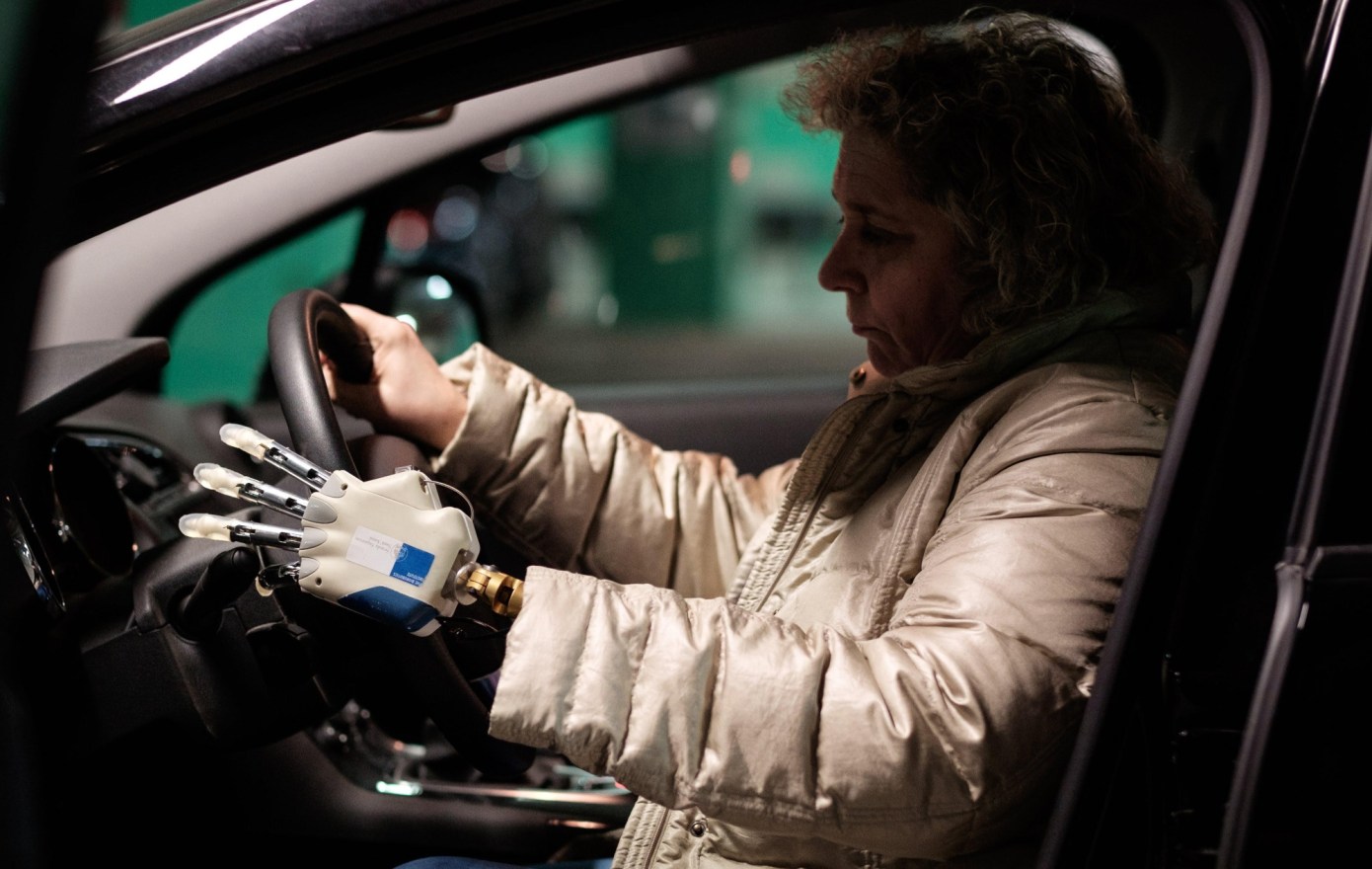Specialists have made a prosthetic hand that offers its clients the capacity to feel where it is and how the fingers are situated — a sense known as proprioception. The feature might be jokingly, however the development is genuine and may help amputees all the more viably and normally utilize their prostheses.
Prosthesis dismissal is a genuine issue for amputees, and many decide to just live without these gadgets, electronic or mechanical, as they can confuse as much as they disentangle. Some portion of that is the straightforward actuality that, in contrast to their normal appendages, fake ones have no genuine sensation — or if there is any, it's not even close to the dimension somebody had previously.
Contact and temperature location are essential, obviously, however what's significantly increasingly basic to conventional use is basically knowing where your appendage is and what it's doing. On the off chance that you close your eyes, you can tell where every digit is, what number of you're holding up, regardless of whether they're grasping a little or substantial article, etc. That is right now unimaginable with a prosthesis, even one that has been incorporated with the sensory system to give input — which means clients need to watch what they're doing consistently. (That is, if the arm isn't looking for you.)
This prosthesis, worked by Swiss, Italian and German nervous system specialists and architects, is depicted in an ongoing issue of Science Robotics. It takes the current idea of sending contact data to the mind through terminals fixed into the nerves of the arm, and adjusts it to give continuous proprioceptive criticism.
"Our examination demonstrates that tangible substitution dependent on intraneural incitement can convey both position criticism and material input all the while and progressively. The mind has no issue joining this data, and patients can process the two sorts continuously with incredible outcomes," clarified Silvestro Micera, of the École Polytechnique Fédérale de Lausanne, in a news discharge.
It's been crafted by 10 years to design and exhibit this plausibility, which could be of huge advantage. Having a characteristic, natural comprehension of the situation of your hand, arm or leg would almost certainly make prostheses significantly more helpful and agreeable for their clients.
Basically the mechanical hand transfers its telemetry to the mind through the nerve pathways that would regularly be conveying contact to that region. Shockingly it's fairly hard to really reproduce the proprioceptive pathways, so the group utilized what's called tangible substitution. This uses different pathways, similar to customary touch, as approaches to show distinctive sense modalities.
A basic precedent would be a machine that contacted your arm in an alternate area relying upon where your hand is. On account of this examination it's a lot better, yet at the same time basically introducing position information as contact information. It sounds bizarre, however our minds are quite great at adjusting to this sort of thing.
As proof, witness that after some preparation two amputees utilizing the framework could differentiate between four contrastingly formed items being gotten a handle on, with their eyes shut, with 75 percent exactness. Chance would be 25 percent, obviously, which means the impression of holding objects of various sizes came through boisterous and clear — clear enough for a model, in any case. Incredibly, the group could add genuine touch input to the current pathways and the clients were not excessively befuddled by it. So there's point of reference now for multi-modular tangible criticism from a counterfeit appendage.
The examination has very much characterized restrictions, for example, the number and sort of fingers it could transfer data from, and the granularity and kind of that information. Also, the "establishment" process is still intrusive. However, it's spearheading work by the by: this sort of research is iterative and worldwide, advancing by little strides until, out of the blue, prosthetics as a science has made immense steps. What's more, the general population who utilize prosthetic appendages will gain ground, too.

Comments
Post a Comment